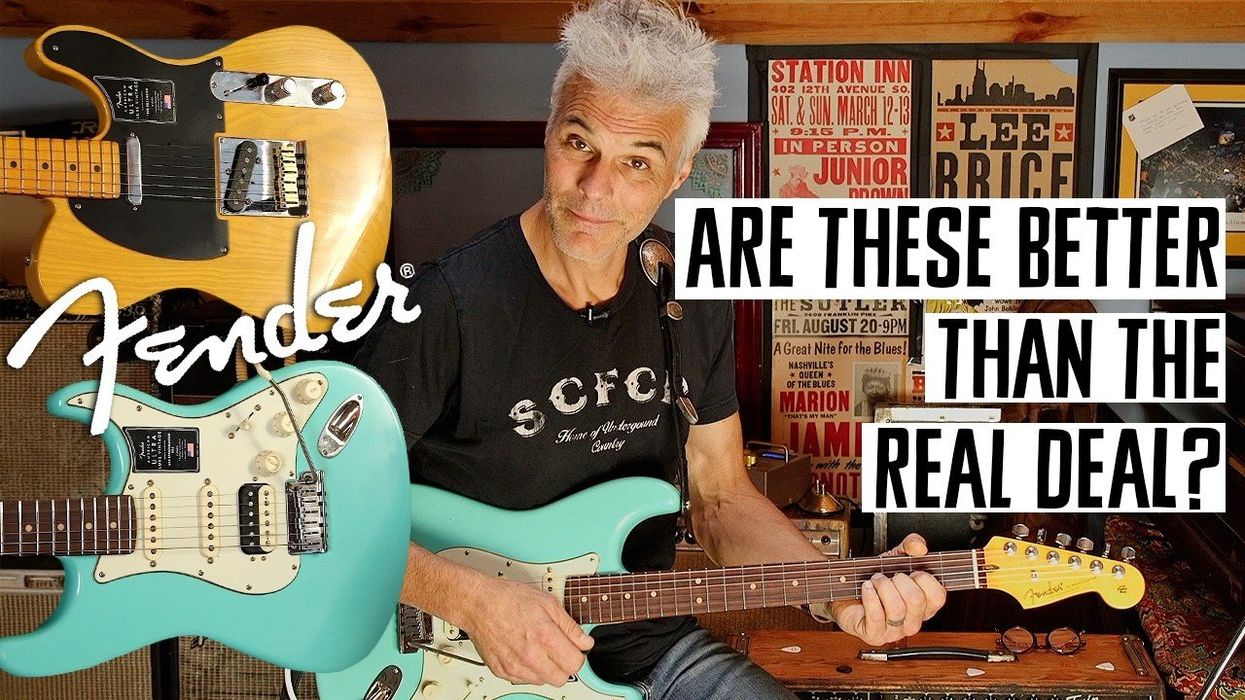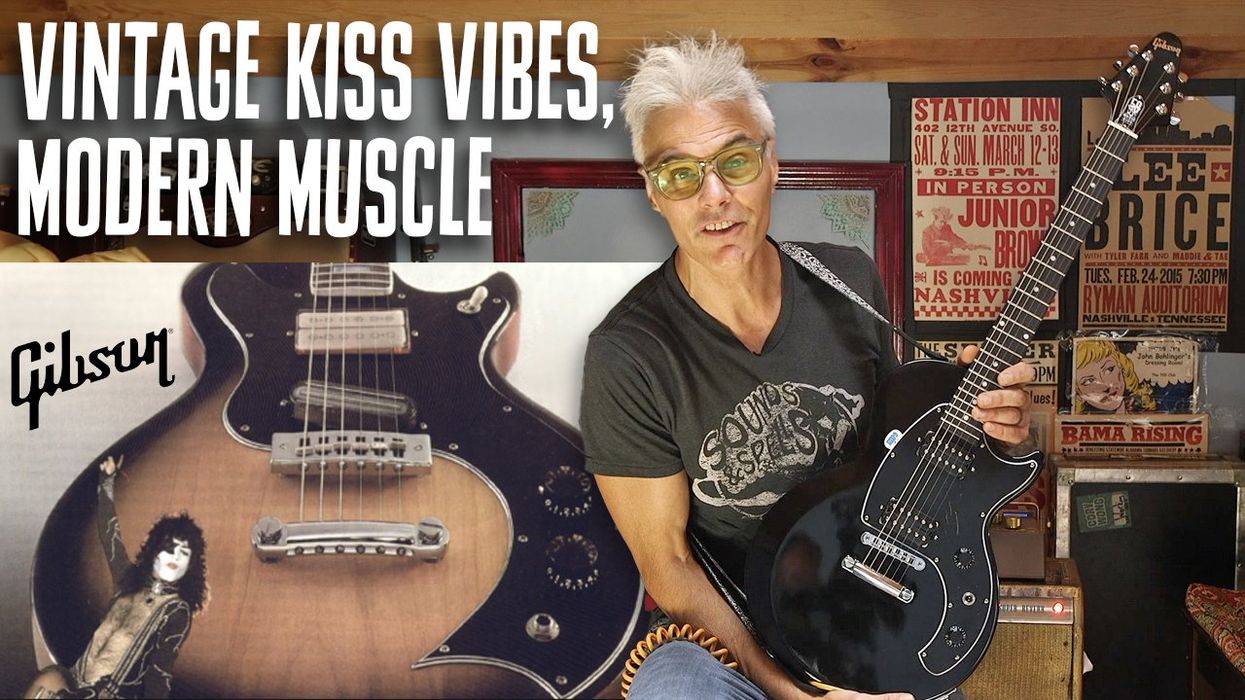NAMM '16 - Schecter E 1, Solo II Special, & Synyster Gates SYN AC-GA SC Acoustic Demos
See and hear two new twists on classic solidbody designs. Plus, see what the Avenged Sevenfold lead guitarist's new signature flattop is all about.
By Shawn HammondJan 29, 2016
Shawn Hammond
Shawn Hammond was PG's editorial director from 2010 till the fall of 2022. You can follow him at @feverloveband.


















